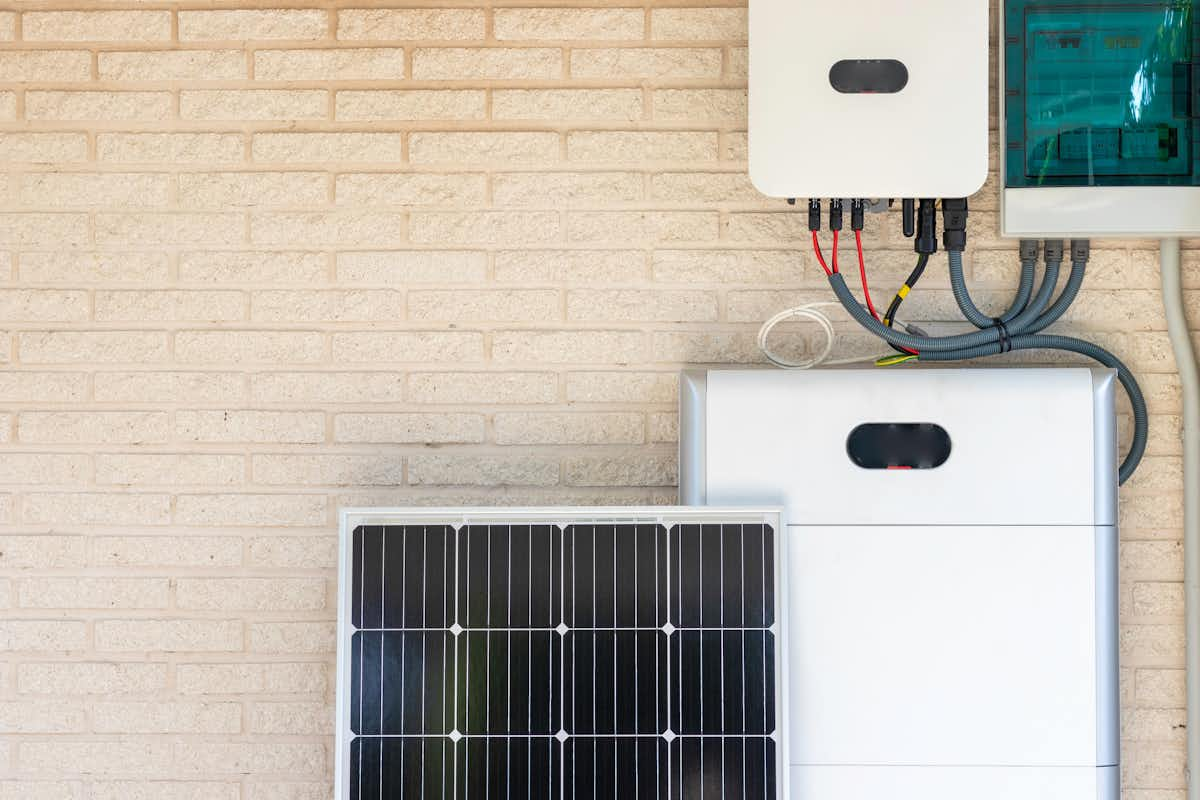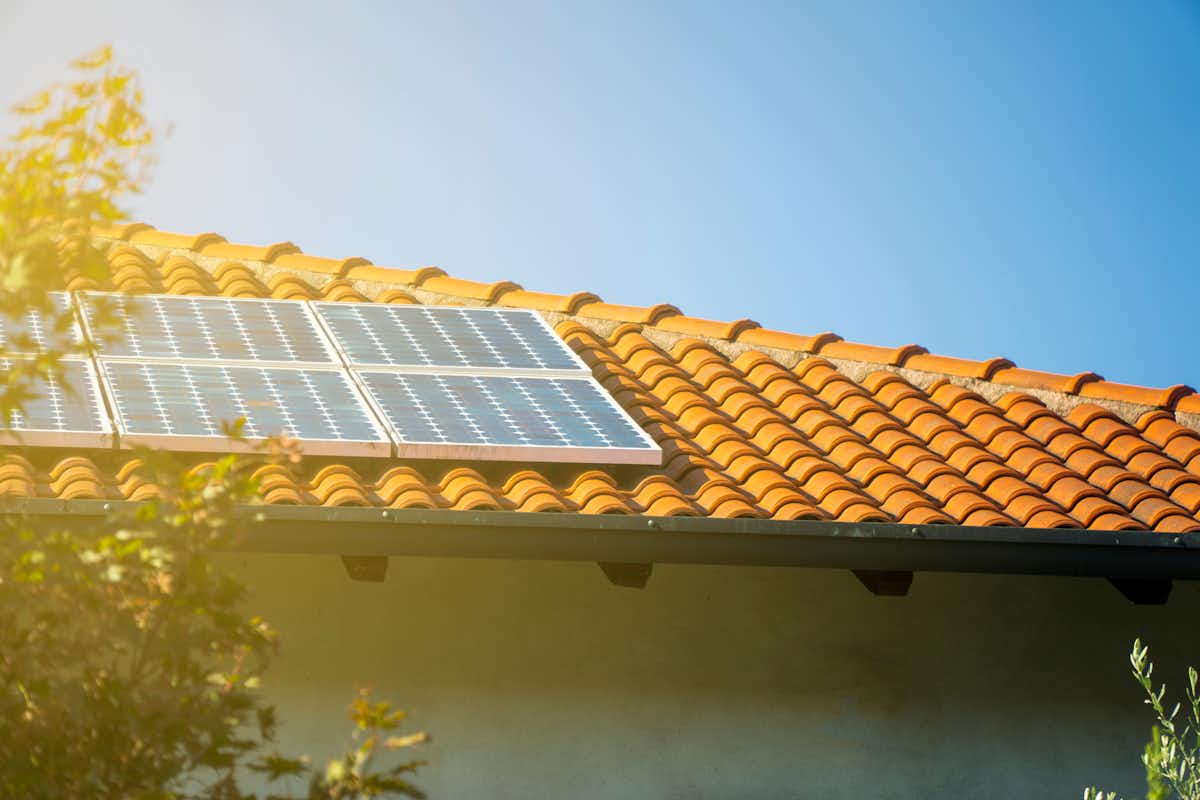Is it worth investing in a battery for your rooftop solar? Here’s what buyers need to know (but often can’t find out)
- Replies 11
Recent electricity price increases of 20–30% have hit households hard. Some are installing rooftop solar systems and batteries to reduce or even end their reliance on energy providers.
However, Australia’s uptake of household batteries lags well behind rooftop solar installations. The high upfront cost of batteries is a key reason.
A household battery stores excess electricity generated by your solar power system. You can use it later when solar generation can’t meet your needs – for example, at night or on cloudy days. This reduces the amount of power you buy from the grid.
But how long will the battery take to pay for itself, in the form of lower power bills? The answer varies. It depends, among other things, on where you live, your solar system size and design, how much electricity you use and at what times, network tariffs, and limits on how much surplus electricity you can feed into the grid.
Our current research project has found cases in which a solar panel and battery system will save you money in Western Australia. But the situation varies across Australia. Here, we take a look at what to consider before you buy.

This capability is key to the clean energy transition. But when solar systems aren’t generating enough power, households must draw electricity from the grid or a battery.
Battery costs vary with brand, size and location. On average, you’ll pay around A$1,420 per kilowatt-hour (kWh) to install 1–5kWh of storage capacity. That’s down from $1,710 per kWh in 2017. The point at which buying a battery makes sense for most households is estimated at around $700 per kWh (for a lithium battery with a ten-year warranty).
At current prices, online advice suggests the warranty will typically expire before the battery pays for itself. So consumers might conclude they are better off buying solar systems only and waiting for battery prices to drop.
That’s not always the case. Our modelling found the payback time is less than the warranty period in Perth for at least two cases: using 50kWh per day with a 13.5kW solar system and 13kWh per day Tesla Powerwall 2 battery, and at 30kWh per day with a 6.6kW system and 6.5kWh LG Chem RESU battery. These batteries will cost you around $12,900 and $5,300 respectively, plus installation.
Our research also found that while there can be other reasons to get a battery, most people care about the financial benefits. But it’s not a simple decision. Some situations are good for batteries, but many people can’t use them effectively.
The amount of sunshine where you live and electricity prices also matter a lot.
In many cases, batteries might need government subsidies to be worth it.
A system that was optimally sized might not remain so. And once installed, systems are difficult and costly to modify.
Also, customers can’t control tariff changes and grid sales limits. These can have huge impacts on the returns from their solar investments.
Unless all these factors are considered, a household might end up with an unsuitable solar panel and battery system and never recover the costs.
All this means consumers need a reliable source of information. The problem is not a lack of information but an overwhelming amount from a wide range of sources. It can be hard to tell who has a vested interest in promoting certain choices and who is offering independent advice.
Many consumers will leave the decisions to their installer. They must then choose their installer with care.

WA has one of the world’s largest isolated electricity grids. It also has a high uptake of rooftop solar. This threatens grid stability when solar generation surges and exceeds the capacity the network is designed to handle. Network operators are permitted to disconnect systems installed after March 14 last year as a last resort.
If more households installed batteries, they could store surplus energy that otherwise could destabilise the grid. But households want to be sure it’s a good investment. As recommended by Energy Consumers Australia, a trusted “one-stop shop” is needed to provide independent, tailored advice to consumers and refer them to government programs and measures.
Retailers and installers should provide households with consumer-friendly technology such as home energy management systems, including smart meters, to help them understand and manage their energy use.
Households should also be informed of alternatives. One option is community batteries, which store and supply energy to a neighbourhood of homes with solar power. Another is virtual power plants – energy-sharing networks that connect thousands of household batteries.
Armed with all this information, consumers could make more informed decisions about investing in the energy transition. Until then, many will defer the decision. And that could increase costs for both households and electricity networks.
This article was first published on The Conversation, and was written by Asma Aziz, Lecturer in Power Engineering, Edith Cowan University, Daryoush Habibi Professor and Executive Dean, School of Engineering, Edith Cowan University
However, Australia’s uptake of household batteries lags well behind rooftop solar installations. The high upfront cost of batteries is a key reason.
A household battery stores excess electricity generated by your solar power system. You can use it later when solar generation can’t meet your needs – for example, at night or on cloudy days. This reduces the amount of power you buy from the grid.
But how long will the battery take to pay for itself, in the form of lower power bills? The answer varies. It depends, among other things, on where you live, your solar system size and design, how much electricity you use and at what times, network tariffs, and limits on how much surplus electricity you can feed into the grid.
Our current research project has found cases in which a solar panel and battery system will save you money in Western Australia. But the situation varies across Australia. Here, we take a look at what to consider before you buy.

Consumers need to consider many factors to work out whether adding a battery to their solar system is worth it. Shutterstock
A tricky transition for consumers
Almost a third of Australian households have rooftop solar systems – the highest rate in the world. Households can now generate electricity on a massive collective scale.This capability is key to the clean energy transition. But when solar systems aren’t generating enough power, households must draw electricity from the grid or a battery.
Battery costs vary with brand, size and location. On average, you’ll pay around A$1,420 per kilowatt-hour (kWh) to install 1–5kWh of storage capacity. That’s down from $1,710 per kWh in 2017. The point at which buying a battery makes sense for most households is estimated at around $700 per kWh (for a lithium battery with a ten-year warranty).
At current prices, online advice suggests the warranty will typically expire before the battery pays for itself. So consumers might conclude they are better off buying solar systems only and waiting for battery prices to drop.
That’s not always the case. Our modelling found the payback time is less than the warranty period in Perth for at least two cases: using 50kWh per day with a 13.5kW solar system and 13kWh per day Tesla Powerwall 2 battery, and at 30kWh per day with a 6.6kW system and 6.5kWh LG Chem RESU battery. These batteries will cost you around $12,900 and $5,300 respectively, plus installation.
Our research also found that while there can be other reasons to get a battery, most people care about the financial benefits. But it’s not a simple decision. Some situations are good for batteries, but many people can’t use them effectively.
The amount of sunshine where you live and electricity prices also matter a lot.
In many cases, batteries might need government subsidies to be worth it.
What you need to know to design the optimum system
Installers usually advise householders on what size solar and battery system is best for them. To get this right, installers need to know:- household load profile – its energy use at different hours of the day and times of the year
- daily load – the household’s average total energy use in 24 hours
- tariffs – how much the household is charged for electricity from the grid, with higher tariffs at times of peak demand
- grid sales limits – households might be paid for energy they export to the grid. However, retailers may restrict the level of exports, change the feed-in tariff at different times of the day, and block feed-in to maintain grid stability.
A system that was optimally sized might not remain so. And once installed, systems are difficult and costly to modify.
Also, customers can’t control tariff changes and grid sales limits. These can have huge impacts on the returns from their solar investments.
Unless all these factors are considered, a household might end up with an unsuitable solar panel and battery system and never recover the costs.
All this means consumers need a reliable source of information. The problem is not a lack of information but an overwhelming amount from a wide range of sources. It can be hard to tell who has a vested interest in promoting certain choices and who is offering independent advice.
Many consumers will leave the decisions to their installer. They must then choose their installer with care.

At times of peak solar generation, household exports of electricity to the grid might be cut off. Shutterstock
How to fix this
Householders are not the only ones who will benefit from widespread adoption of solar batteries. Network operators will too.WA has one of the world’s largest isolated electricity grids. It also has a high uptake of rooftop solar. This threatens grid stability when solar generation surges and exceeds the capacity the network is designed to handle. Network operators are permitted to disconnect systems installed after March 14 last year as a last resort.
If more households installed batteries, they could store surplus energy that otherwise could destabilise the grid. But households want to be sure it’s a good investment. As recommended by Energy Consumers Australia, a trusted “one-stop shop” is needed to provide independent, tailored advice to consumers and refer them to government programs and measures.
Retailers and installers should provide households with consumer-friendly technology such as home energy management systems, including smart meters, to help them understand and manage their energy use.
Households should also be informed of alternatives. One option is community batteries, which store and supply energy to a neighbourhood of homes with solar power. Another is virtual power plants – energy-sharing networks that connect thousands of household batteries.
Armed with all this information, consumers could make more informed decisions about investing in the energy transition. Until then, many will defer the decision. And that could increase costs for both households and electricity networks.
This article was first published on The Conversation, and was written by Asma Aziz, Lecturer in Power Engineering, Edith Cowan University, Daryoush Habibi Professor and Executive Dean, School of Engineering, Edith Cowan University
Last edited by a moderator:








